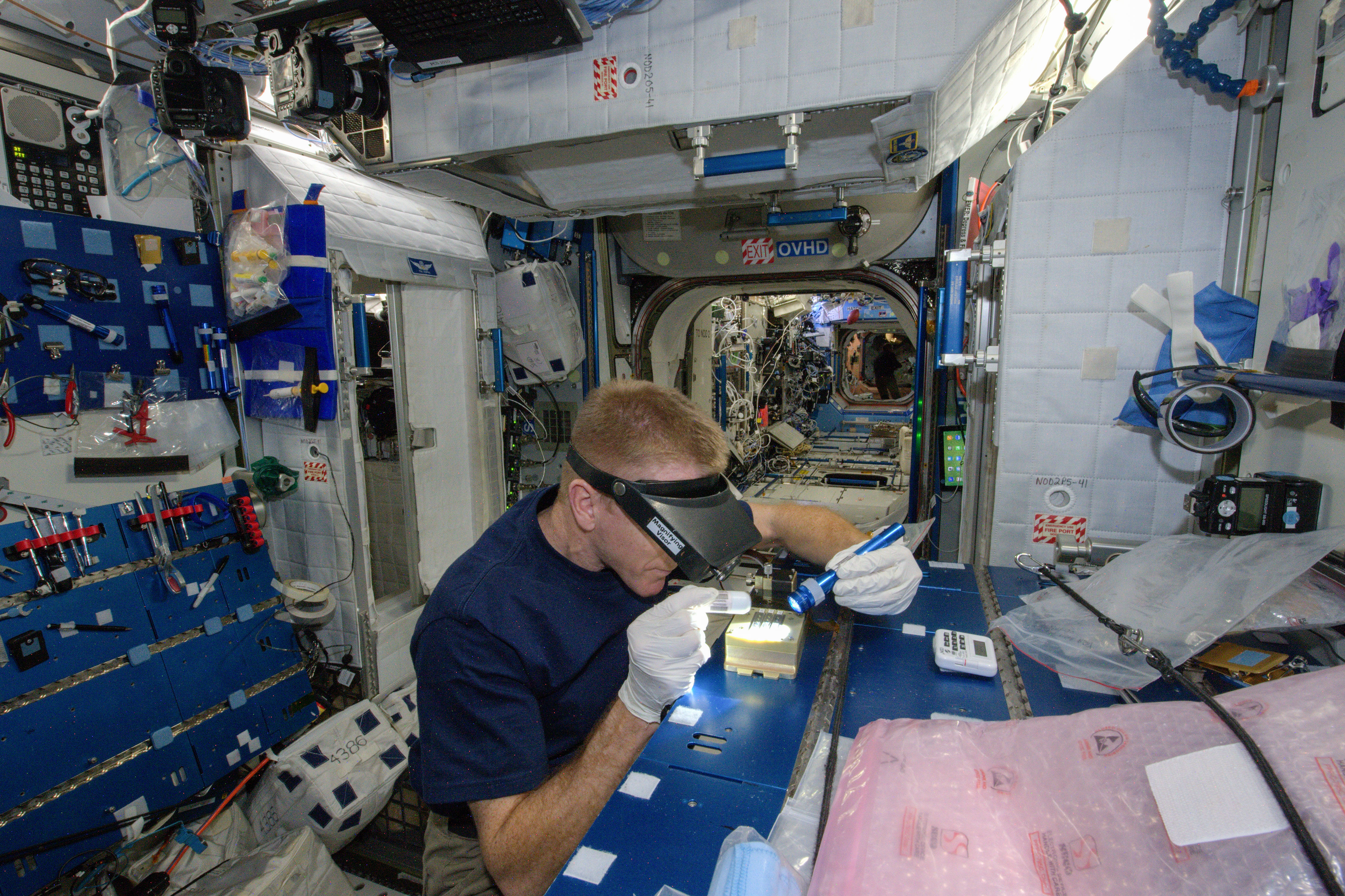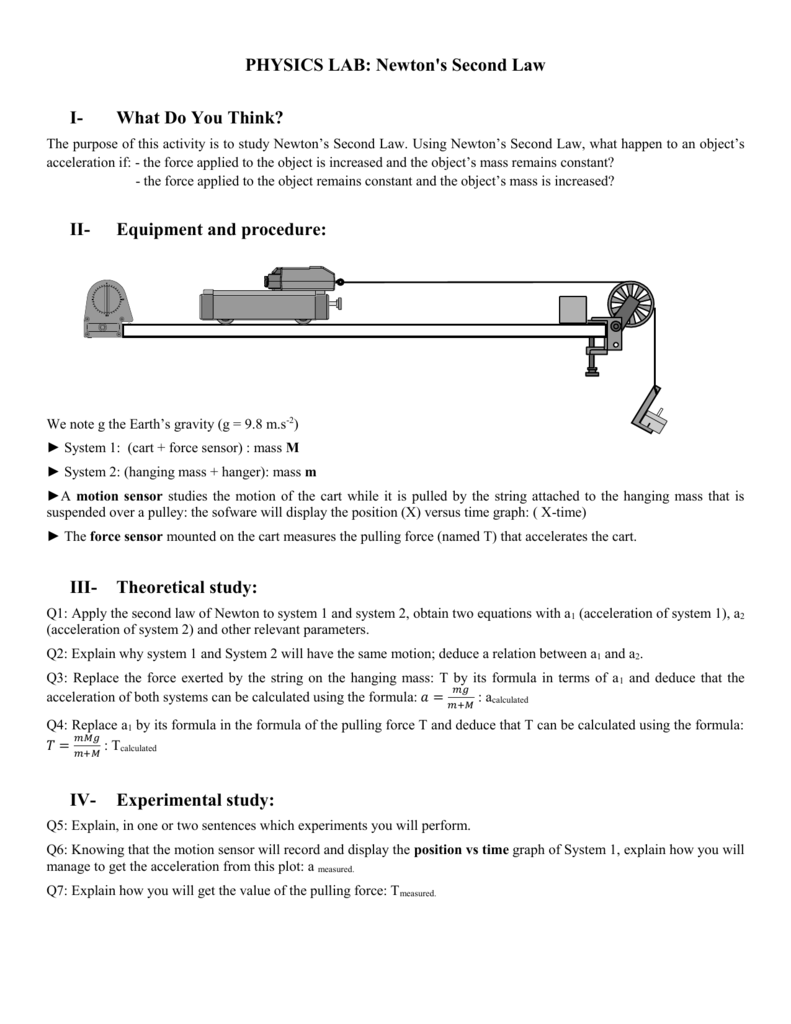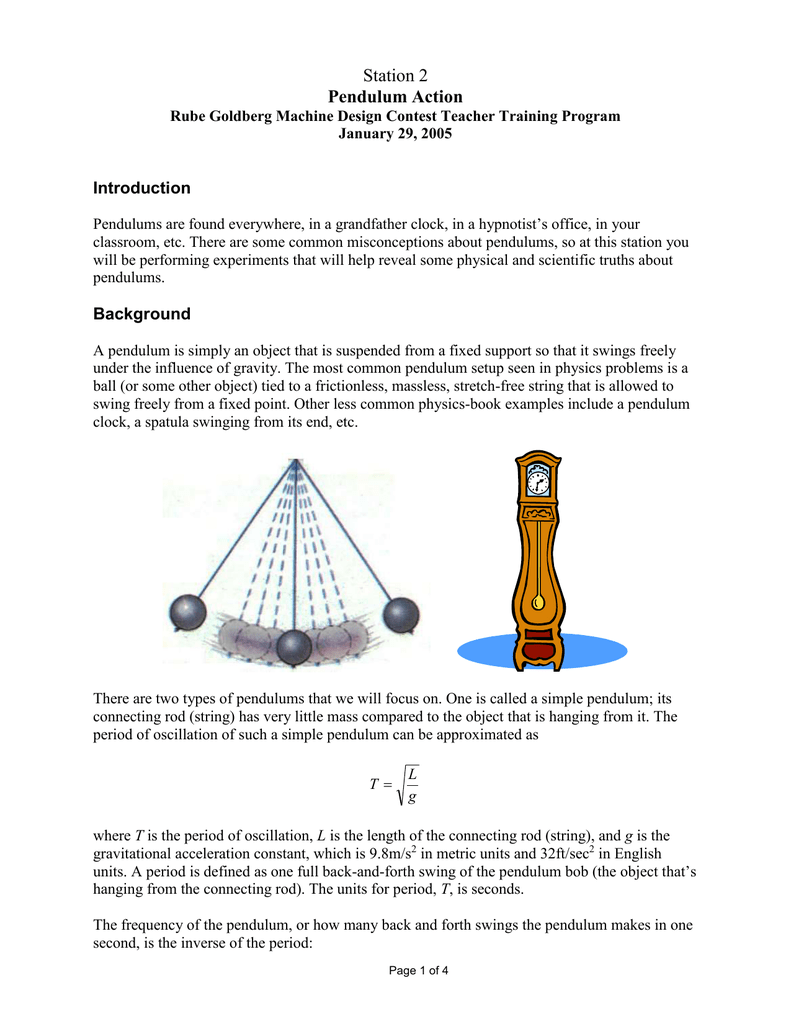
This is the first report of individual-rearing behavioral analysis in space. The amount of activity (behavior) ratio and time of active interval were measured using the moving images obtained from the rearing cages in space. The mice were individually reared in a habitant cage unit (HCU) in space (developed by our team) and a camera attached to the HCU was used to obtain visual data on the rearing status of each mouse. This method yields an activity ratio as a ratio of ‘activity’ in the whole because it separates ‘activity’ and ‘inactivity’. In this study, we developed the Active Inactive Separation (AIS) method to analyze mouse behavioral patterns to extract activity and inactivity in videos under microgravity (MG) and artificial 1 g (AG) environments. Identification of individuals is difficult in group-rearing, but individual-rearing makes it possible to observe behavior using videos over a long period.

Regarding behavioral analysis, group-rearing behavior in space is the only research reported so far 7. However, there are many restrictions on in-flight experiments, such as upmass (payload weight launched into the International Space Station (ISS)), crew time (working time of the crew in ISS), and experimental space (rearing mice in cages), so activity analysis is usually conducted in a home-cage activity test. Although, using mice and other organisms, analysis of tissues and genes in a microgravity environment has mainly been performed to elucidate the mechanisms of adaptation to the space environment 5, 6, activity analyses of mice in a gravity environment different from that on the ground is also important for estimating the effects of gravity on humans. To date, space experiments on rats and mice, have been performed in the International Standard Payload Racks (ISPR) more than 70 times, including five experiments using the mouse habitat unit (MHU) of the Japan Aerospace Exploration Agency (JAXA) 3, 4. Mice are fast-growing model organisms suitable for studying the effects of living in the microgravity of space 3. Like humans, mice are vertebrates and have a similar genome structure. Such changes resemble age-related diseases on the ground, and have been found to progress rapidly in space 1, 2. The effects of the space environment on human physiology include degradation of skeletal weight-bearing bone mass and muscle, as manifested among astronauts who stayed in outer space for an extended period. Living creatures, including humans, have evolved under the influence of terrestrial gravity (1 g). The trend in the AG and HG was the same adapting to different gravity environments takes time. In the case of changes in gravity from 1 g to HG, the ratio was low at the start of centrifugation, recovered sharply in the first week, and entered a stable period in another week. The result for the activity ratios for the ground control experiment using AIS were close to previous studies, so the effectiveness of this method was indicated. Adaptation to different gravitational conditions from 1 g to hypergravity (HG) and from microgravity (MG) to artificial 1 g (AG) was analyzed based on the amount of activity to calculate the activity ratio and the active interval.


This method yields an activity ratio as a ratio of ‘activity’ within the whole. In this study, we developed a simple Active Inactive Separation (AIS) method to extract activity and inactivity in videos obtained from the habitat cage unit of a space experiment. However, except for the group-rearing of mice in space, there has been little information on the behavior of organisms in response to gravity changes. Many experiments have analyzed the effect of the space environment on various organisms.


 0 kommentar(er)
0 kommentar(er)
